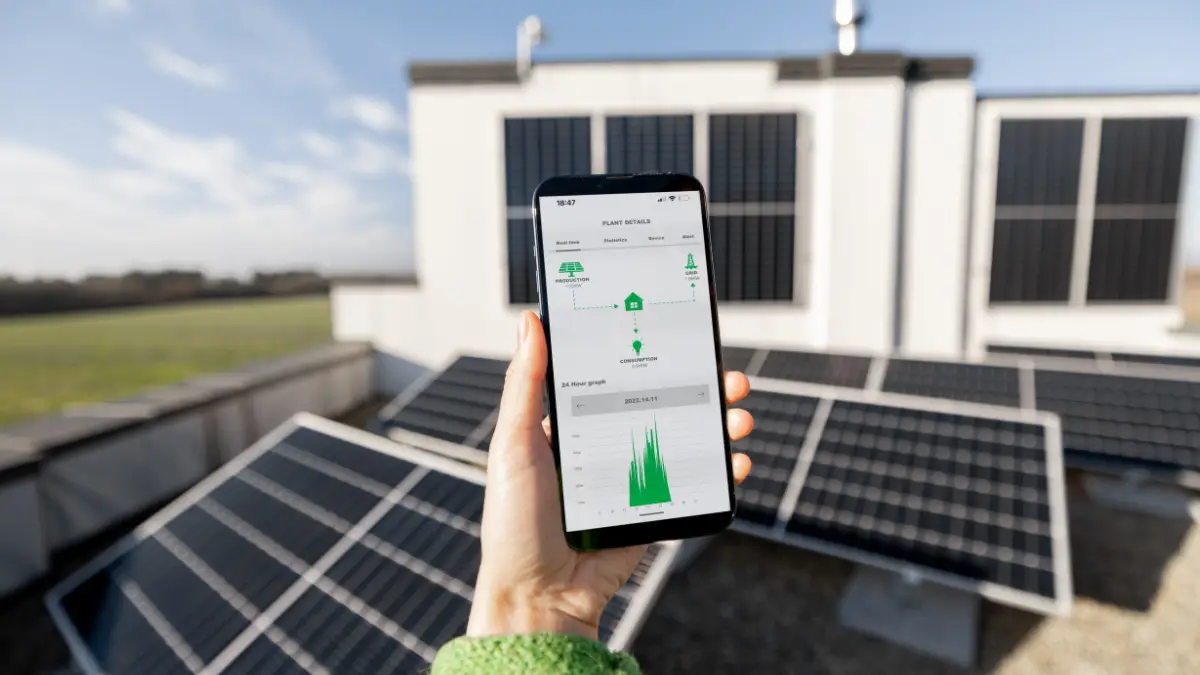
- business@first-powersolar.com
- The World Centre, Sen. Gil J. Puyat Ave, Makati, Metro Manila
One of the most promising renewable energy sources now on the market is solar power. As concerns about energy security, climate change, and electricity prices continue to rise, solar power has gained popularity as a reliable fossil fuel alternative. However, like all energy sources, it’s essential to understand the positive and negative aspects of solar energy. Evaluating these pros and cons can help individuals and businesses make informed decisions about whether solar power is the right fit for their needs.

Since solar energy is a renewable resource, it won't run out over time. In contrast to the finite supply of fossil fuels like coal, oil, and natural gas, the sun offers a plentiful and essentially infinite source of energy. Solar energy will always be available as long as the sun shines, making it a sustainable choice for the future.
Reducing electricity costs is one of the main reasons people invest in solar energy. Once installed, solar panels harness sunlight to generate free electricity. By reducing their reliance on the grid, solar-powered homes and businesses can drastically cut their monthly electricity bills. Solar panels can occasionally generate extra savings by selling their excess electricity back to the grid.
Maintenance for solar panels is minimal. Because they don't have any moving parts, there is less chance of mechanical failure. The majority of solar panel systems simply require sporadic inspections and periodic cleaning to operate at their best. With warranties ranging from 25 to 30 years, solar energy is a long-term investment.
Solar energy, a clean power source, reduces greenhouse gas emissions. In contrast to gas and coal-fired power stations, which emit carbon dioxide and other pollutants into the atmosphere, solar panels generate electricity without doing so. Solar energy is therefore a crucial part of initiatives to stop climate change and lessen environmental damage.
Solar energy can increase energy independence for nations, companies, and households. They can lessen the risks associated with volatile energy prices and lessen their dependency on imported fossil fuels by producing their own electricity. For areas with limited access to energy or frequent power outages, such an approach is especially advantageous.
Electricity generation, water heating, and even powering isolated locations without grid connectivity are just a few of the uses for solar energy. Solar technology can be used to provide energy solutions for various purposes in commercial, industrial, and residential contexts.
The solar industry is constantly changing as a result of new technology that lowers costs and increases efficiency. High-efficiency solar panels, energy storage devices, and smart grid integration are some of the innovations that are making solar energy more widely available and feasible. Negative aspects of solar energy
Buying and installing solar panels can be expensive, which is one of the main disadvantages of solar energy. Even though prices have dropped dramatically recently, many businesses and homeowners may still find the initial outlay to be prohibitive. These expenses can be partially offset, though, by several government grants, tax breaks, and financing alternatives.
Weather can have an impact on the efficiency of solar panels because they depend on sunshine to produce electricity. Rainy or overcast days can lower energy output, which makes solar power less dependable in areas with little sunlight. Even though solar technology has advanced to become more efficient in low light, sunny climates are still where solar panels work best.
Energy storage devices are required to supply electricity at night or at times when there is little sunlight, as solar panels can only produce electricity during the day. Although lithium-ion storage systems and other batteries can store extra energy for later use, they are still somewhat costly. A solar energy system's total cost may increase due to the cost of battery storage.
The installation of solar panels takes up a lot of room. Huge land tracts are required for large-scale solar farms, which aren't always practical or available. Because rooftop space may be scarce in metropolitan locations, installing enough panels to meet energy demands might be difficult.
The construction of solar panels requires energy-intensive procedures, although solar energy is environmentally benign in and of itself. The manufacturing of solar cells and the mining of basic materials like silicon may produce waste and carbon emissions. Nonetheless, these effects pale in comparison to those linked to the generation of energy from fossil fuels.
The effectiveness of solar panels varies according to the technology employed. With an efficiency rate of around 15–22%, the majority of commercially available solar panels only transform a small portion of the sunshine they receive into electrical power that can be used. Ongoing research aims to increase efficiency and further solidify solar energy's viability for widespread use.
Solar energy is the power harnessed from the sun’s rays to generate electricity or heat. It is one of the most widely used renewable energy sources due to its availability and efficiency.
Solar Panels Capture Sunlight Photovoltaic (PV) solar panels absorb sunlight and convert it into direct current (DC) electricity.
Inverter Converts Electricity The DC electricity generated by solar panels is converted into alternating current (AC) electricity through an inverter, making it suitable for home and business use.
Electricity Distribution The generated AC electricity is used to power electrical appliances, and any excess energy can be stored in batteries or sent back to the grid.
Net Metering (Optional) Some solar power systems are connected to the electricity grid. Through net metering, excess energy produced during the day can be supplied to the grid, earning credits that can be used at night or during low-sunlight periods.
Grid-Tied Systems These systems are connected to the local utility grid and do not require battery storage.
Off-grid systems are completely independent from the grid; these systems require battery storage to provide power during low sunlight periods.
Hybrid Systems Hybrid systems, which combine grid-tied and off-grid systems, utilize solar panels and battery storage while maintaining grid connectivity.
Solar energy is a sustainable and environmentally friendly power source that offers numerous benefits, including cost savings, energy independence, and reduced carbon emissions. However, it also has some challenges, such as high initial costs, weather dependency, and energy storage limitations. Despite these drawbacks, continuous advancements in solar technology and government incentives make solar energy an increasingly attractive option for homeowners, businesses, and governments worldwide. As technology improves, solar energy is expected to become even more efficient, accessible, and affordable, playing a crucial role in the global transition to clean energy.
Empowering a sustainable future with cutting-edge solar solutions, First Power Solar Inc. is committed to delivering reliable and efficient renewable energy for businesses
Get updates on special events, news & trends